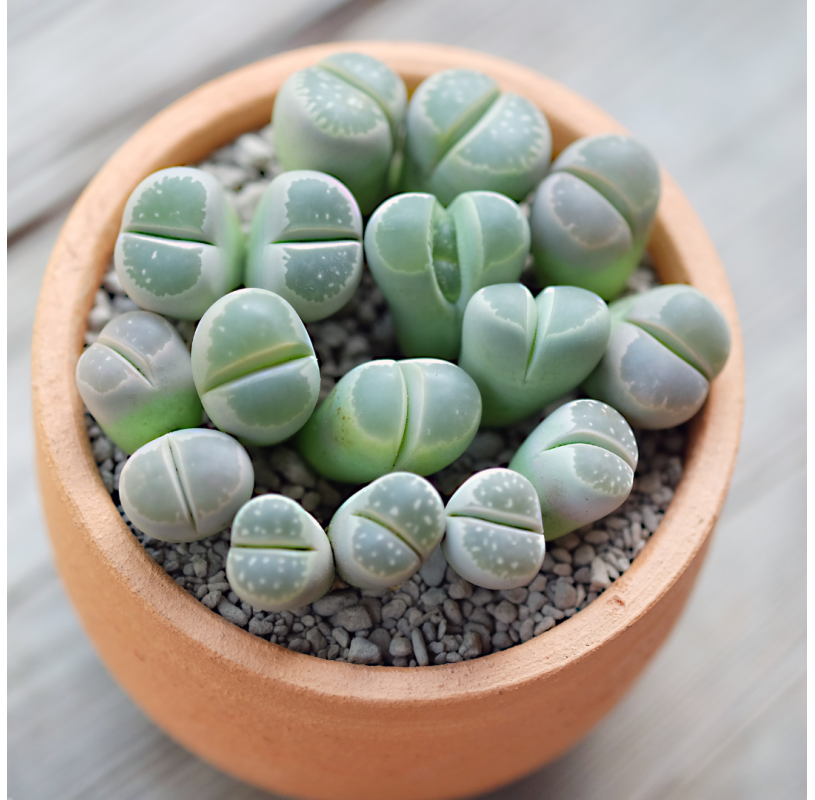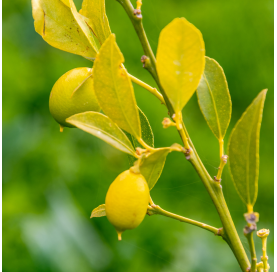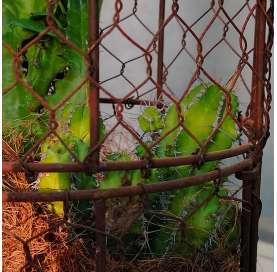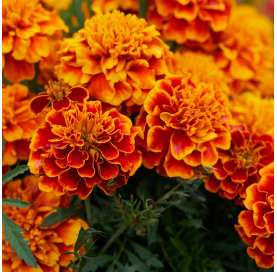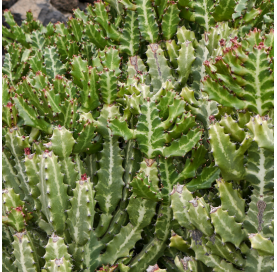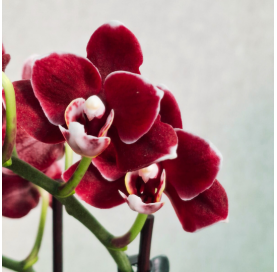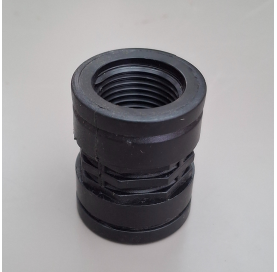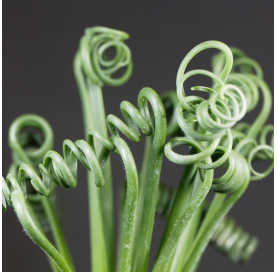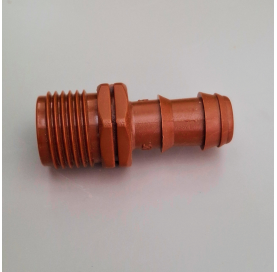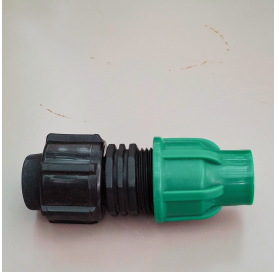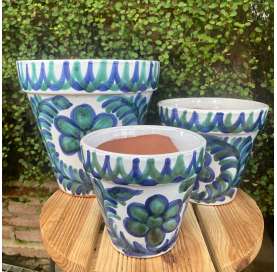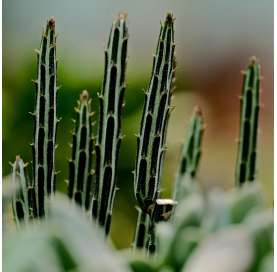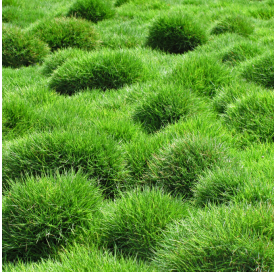Lithops - Living Stones
Lithops, known as "living stones," are succulents that mimic desert stones to camouflage themselves. They are native to Africa and require specific care, such as bright light, warm temperatures, and well-draining soil. Their watering should be moderate, with long intervals without water, especially in winter. They also bloom in fall or spring, producing small, bright-colored flowers. They are an ideal choice for those looking for unique and low-maintenance plants.
 Encrypted payments for greater security
Encrypted payments for greater security
To reduce the plant's time in transit, shipments are made from Monday to Wednesday.


Shipping only to mainland Spain and mainland Portugal
Lithops Description:
Lithops, commonly known as "living stones" or "stone plants," are a genus of succulent plants in the Aizoaceae family. These plants are famous for their unique appearance, which mimics the look of desert rocks, allowing them to blend in perfectly with their surroundings and avoid being eaten by herbivores. They have a structure made up of two thick, fleshy leaves that fuse at the base and display a pattern or color that varies by species, giving them a stone-like appearance.
Lithops History:
Lithops are primarily found in the arid and semi-arid regions of Africa, especially in countries like South Africa and Namibia. They are adapted to extremely dry climates, where rainfall is infrequent. The name "Lithops" comes from the Greek words lithos, meaning "stone," and opsis, meaning "appearance," which describes their stone-like appearance. They were first discovered in the 19th century and have become popular as ornamental plants due to their unusual look and ability to withstand harsh conditions.
Care of Lithops:
-
Light: Lithops require plenty of light but should not be exposed to direct sunlight all day, as this can scorch their leaves. It's best to place them in a bright spot with some partial shade.
-
Temperature: They prefer warm temperatures, between 20–30°C (68–86°F) during the day, with a slight drop in temperature at night. They do not tolerate frost.
-
Soil: They need well-drained soil, so it is recommended to use cactus soil or a mix of soil with sand and perlite. Good drainage is crucial to avoid waterlogging around their roots.
-
Watering: Lithops are extremely sensitive to overwatering, so they should be watered sparingly. In general, they should only be watered when the soil is completely dry. During their dormancy period (usually in winter), they can go for long periods without water. In the growing season (spring and fall), they may need more frequent watering, but always ensure the soil dries out completely between waterings.
-
Fertilization: During the growing season (spring and fall), they can be lightly fertilized with a cactus fertilizer, but this is not necessary frequently.
Lithops Curiosities:
-
Camouflage: The most interesting feature of Lithops is their incredible camouflage. Their shape, color, and texture perfectly mimic the stones in their environment, helping them avoid detection by herbivores.
-
Flowering: Although they may appear inactive, Lithops bloom in the fall or spring, producing yellow or white flowers that emerge from the center of their leaves.
-
Reproduction: The plant produces a flower inside its leaves, and seeds are dispersed when the leaves die. In their place, a new leaf begins to grow.
Lithops Watering:
Watering Lithops requires great care and should only be done when the plant needs it. Excessive watering can lead to root rot and plant death. The general rule is to water only when the old leaves begin to dry out, and a new leaf starts growing. During winter, when Lithops enter a dormancy period, they do not need watering.
Additional Care:
- Little Water: It is essential not to overwater Lithops. Water should be infrequent, and the soil must be very well-drained.
- Little Fertilization: These plants don't require much nutrition. Light fertilization during the growing season is enough.
- Avoid Stress: Lithops do not tolerate stress from sudden temperature changes or irregular watering.
With these care tips, Lithops can thrive for many years, making them an interesting and low-maintenance plant for succulent enthusiasts.
12 other products in the same category:
-
Citrus eustis "limequat"€30.00
-
Jaula vieja con cactus€22.00
-
-
Euphorbia lactea€6.00
-
Mini Purple Orchid€12.00
-
-
-
16mm to 1/2" Mixed...€0.40
-
Connector€3.80
-
Grenadine glazed pot€4.90
-
Kleinia stapeliiformis€3.50
-
Zoysia tenusima€3.50

 English
English Spanish
Spanish